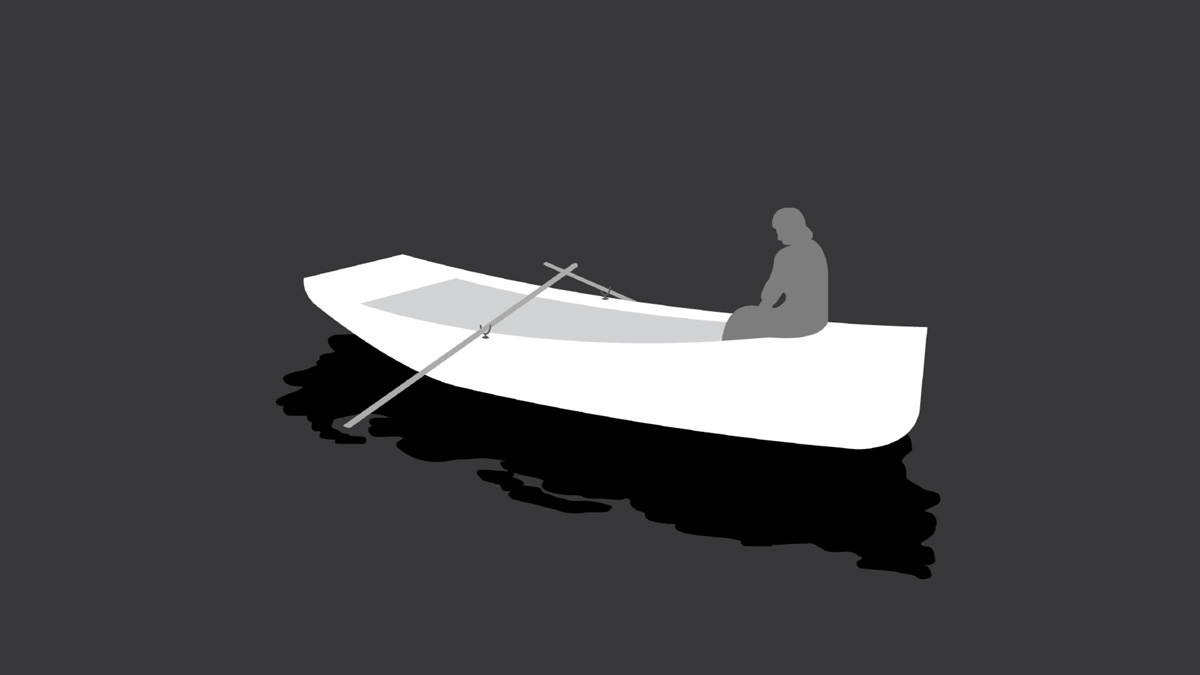 Laura Lucas
Laura LucasAn anatomy student holds a human heart in their hands, tracing the vessels with their fingers.
A group of sociology students crowd together in an embalming room, watching a body getting prepared for a funeral.
In the teaching of death, the academy knows how complex the issue can be. Death, when confronted in person through a cadaver, or even in discussion as a social force, raises complex emotions that are by no means easy to process. No matter how it’s approached, classes at the U of A tackle death in the same way: by normalizing the emotional response.
Cadavers in anatomy
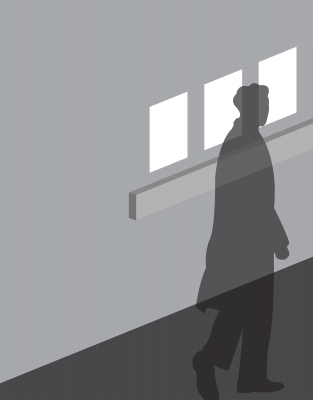
The Division of Anatomy, part of the Department of Surgery in the Faculty of Medicine and Dentistry, was created to provide undergraduate, postgraduate and professional students with comprehensive anatomy courses, as well as to perform anatomical and clinical research. I spoke to two central figures in the division: Dr. Daniel Livy, the director of the division, and Jason Papirny, the program coordinator for the Anatomical Gifts Program. The U of A’s Anatomical Gifts Program serves as the source for the university’s teaching with cadavers, which 1,200 students utilize each year to better familiarize themselves with anatomical relationships in the body. The program only accepts donations of bodies from those who pre-register for the program; family and next-of-kin cannot provide consent to a donation of a body of someone who did not grant consent before their death. It does not cover organ and tissue donations, as those responsibilities lie with Alberta Health Services. The program receives an average of about 70 donated bodies each year.
Pretty much all anatomy classes utilize cadavers. Aside from the introductory class, which contains too many people to make cadavers an effective teaching tool, almost every other human anatomy class involves direct contact with cadavers. This interaction includes dissection at various levels, ranging from simple to full-scale examinations of various systems in the human body. When I ask about the typical student reaction in these interactions, Dr. Livy describes it as “fascination,” and wonderment of students as they get to do things they have never had the chance to do before. When I call this wonderment a kind of curiosity, Dr. Livy is quick to interject and clarify.
“There are many people who are curious,” Dr. Livy says. “We see this every day when there’s an accident and people are rubbernecking trying to see what’s going on. (Curiosity) is not why people are in the lab. People are in there to learn.”
Dr. Livy stresses to me that learning in anatomy class does not simply consist of the examination of body parts; students must also consider how the people lived with certain ailments or abnormalities.
“We’re trying to give them an appreciation for what this person’s life must have been like,” Dr. Livy says. “What did they experience? How would they have gotten around if they had a degrading hip of a certain caliber?”
The question of ethics looms heavy over the issue of cadaver use. Some may disagree with the dissection of dead bodies for religious or moral reasons. Does the division receive any backlash like this? Not at all, I’m told; in fact, body donation program receives great support from both the administration and the community. Dr. Livy believes this is because of the good it provides; the real ethical dilemmas come from those who break the rules surrounding how bodies are handled.
“There have been ethical challenges from time to time, but it’s not because of the way the body is intended to be used,” Dr. Livy says. “It’s because somebody breached that promise.”
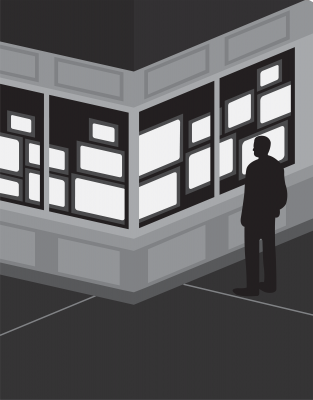
I ask whether alternatives to cadavers in anatomy classes do exist. Dr. Livy and Papirny note the existence of one such alternative: ADAM Interactive Anatomy, a computer program which contains a database of images and 3D models of both a male and female body in dissectible form, as well as clinical illustrations. While programs like these avoid the ethical questions of working with cadavers, Dr. Livy says that they are not as effective for teaching as the real thing. Both Dr. Livy and Papirny tell me that many schools who have replaced their donor programs with computer programs have attempted to revert back to using cadavers for this reason.
“There’s individual variability (between bodies) that is actually quite profound,” Dr. Livy says. “Some people have had surgeries; they’ve had pieces taken out, (surgeons) have had to reroute in certain areas… as an educational tool, you cannot beat that.”
Students aren’t forced to dive into dissection right away; instead, they are gradually exposed to the cadavers through observation. As this is when many students will see a dead body for the first time, they get to only touch and see the cadaver. Afterwards, they complete reflections that allow them to explore not just their emotional response to the cadaver, but to death and dying in general. This allows them time to not only address these feelings before they move forward in the class, but also to familiarize themselves with these feelings and learn how to process them effectively.
“As a professional, you will be dealing with your own feelings that you have to attend to.” Dr. Livy says. “There will be family members that are having a lot of their own difficulties, and you’ll be trying to interact with them or provide counsel. It’s very challenging if you’re trying to deal with your own issues and trying to attend to family at the same time.”
Some students have expressed concern over the possibility of encountering a dead relative who may have donated their body. If a family member’s body was in the room, they would remove the related student and not make them engage with the cadaver. As the hold on bodies is one-and-a-half to two-and-a-half years, Livy notes that students are made aware of this possibility so that they can voice concerns in advance. Papirny has had several students notify the division ahead of time, allowing the program to avoid putting students in that uncomfortable situation by ensuring that they do not get placed in a room with the body of someone they once knew.
The social construct of death
Thanatology, or the study of death and dying, is the central focus of SOC 473 (Sociology of Death and Dying). The goals of the course are to examine the meaning and interpretation of death from sociological and cultural perspectives, the rituals surrounding death, and what death represents in the context of North America and elsewhere. Bede Eke, an instructor of the course at the U of A, tells me that thanatology was not even taken into consideration at the academy until the 1970s. This is due to a number of factors, including North American attitudes towards death.
“Death was a private matter that was never discussed on dinner tables, just like sex was part of subject matter that people didn’t discuss much in North America,” Eke says.
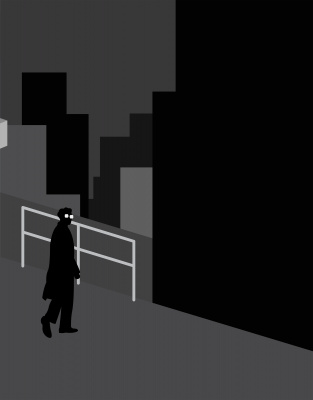
Eke explains that attitudes towards death changed as North American society experienced massive historical events such as World War I and World War II, where tens of thousands of Canadian and American soldiers died in action. Many veterans returned home with injuries that served as physical reminders of that mass violence and death.
“From that point, death was no longer a stranger to homes, it was no longer a stranger to communities and societies,” he says. “People saw death everywhere.”
Alongside realities of war, Eke tells me that a growing number of popular Hollywood films that began to depict a multitude of death situations contributed heavily to interest in studying death through rehearsed exposure.
“There are no kinds of imaginable death that you do not see today projected on screen through movies,” he says.
Eke tells me that continuous exposure to death through media has resulted in a removal of death from North American society. While in North America death is not tangibly observed in everyday life, other cultures not only witness death but participate in the preparation and burial of the dead as well.
Sociology, according to Eke, has a great interest in the ethics of how bodies are treated after death. Individuals have the right to decide whether they want to donate their body for medical training purposes, and universities and similar institutions must follow those guidelines. Even when this permission is given, however, he stresses that cadavers must still be treated with ethical concern.
“During the time that a body is being examined, or tissues are being removed, (clinicians) still pay very close attention to how that is done, having in mind that that person lying there happens to be a human being (that) used to be a relative to somebody,” Eke says.
In Eke’s classes, he notices that many students are apprehensive about what is going to be covered. The worry namely comes from the main focus of the class: how grief, bereavement, aging, and the dying process affect individuals and caregivers. His class, like anatomy courses, also takes a graded approach to death, introducing each topic slowly through discussion and documentaries before going on a field trip to a funeral home to see a dead body in person. Eke will debrief with students after viewing difficult material so that they can have a chance to discuss and process both their emotions and the information Eke is trying to convey.
“My own style of teaching is even after they go through that experience, I want them to actually get the point I was trying to make, so I debrief them afterwards,” he says. “I also get them to shake off the impact and continue with their learning process.”
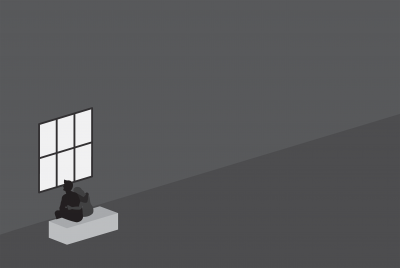
One might imagine that students have a difficult time processing these emotions; however, Eke says that he has very few strong negative responses to either documentaries or the field trip, despite the challenging subject matter. Once, he had to accompany a student leaving an embalmment room due to their emotional response, but he notes with a sense of pride that students have had a positive experience in his classes overall.
“The overwhelming majority of the time, my students have expressed delight,” Eke says, smiling. “They actually love all the beauty and experiences in the form of documentaries or field trips, they always love what they get out of the class.”
SOC 473 has been offered at the university since 1997. Eke says that over the past seven years, enrolment has been increasing steadily. Early numbers were typically quite small; Eke tells me that back when he used to teach the course in the spring semester, the department would barely be able to fill their minimum 12 spots needed to run the course. Luckily for him, that’s changed quite a bit.
“Right now we have usually around 35 or 40 students (in the spring course), and (sometimes) even more,” Eke says. “During regular semesters, we usually get more than our enrolment cap. Our cap is 60, and we usually get more than 60 students, so then we accommodate some of them and direct the rest to take the spring course.”
While SOC 473 and anatomy classes take different approaches to the question of death and dying, they teach very similar attitudes when it comes to confronting death in the academy. What kind of things should students consider when approaching death as a subject in the academy? Dr. Livy’s main advice is to remember that complex emotional responses to death are normal, and that you should communicate with others about those feelings.
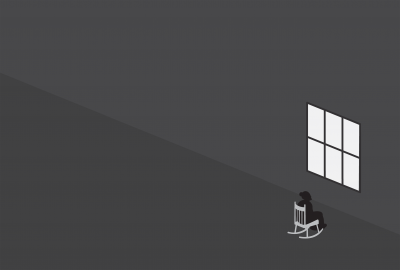
According to Papirny, “The more you demystify this for yourself and the more you explore those feelings, the more okay you will be. You may never be entirely comfortable, but at least you will be okay.”
He added to not be afraid to ask questions in classes about death.
“A lot of people probably think, ‘Oh that’s a stupid question, I’m not gonna ask that.’ There are no stupid questions.”
Eke emphasized that instructors are understanding of students in classes that deal with the heavy subject matter.
“Instructors recognize that death and dying is not a simple subject; it has a lot of emotional ties, and people may feel differently. It is okay to express those feelings when you go to those classes.”




